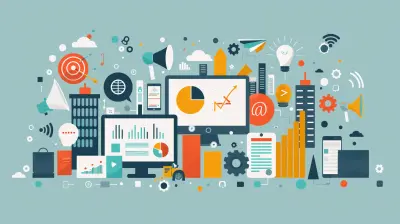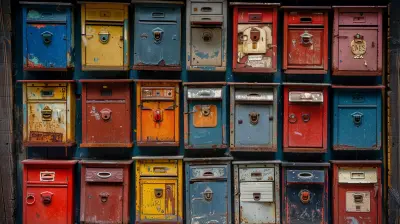Sustainable Packaging: Innovations Leading to a Greener Future
1 August 2025
Let’s face it — the packaging game is changing. And honestly? It’s about time. For decades, we’ve wrapped, boxed, and bagged products in materials that looked slick but wreaked havoc on our planet. Good news though: things are shifting. 🌍
Sustainable packaging is here, and it’s not just a buzzword slapped on a cardboard box. We're talking serious innovation — clever materials, smart designs, and an eco-conscious mindset that’s pushing boundaries. Ready to dive into how today’s packaging is shaping a greener tomorrow?
Grab your reusable coffee mug and let’s unwrap this!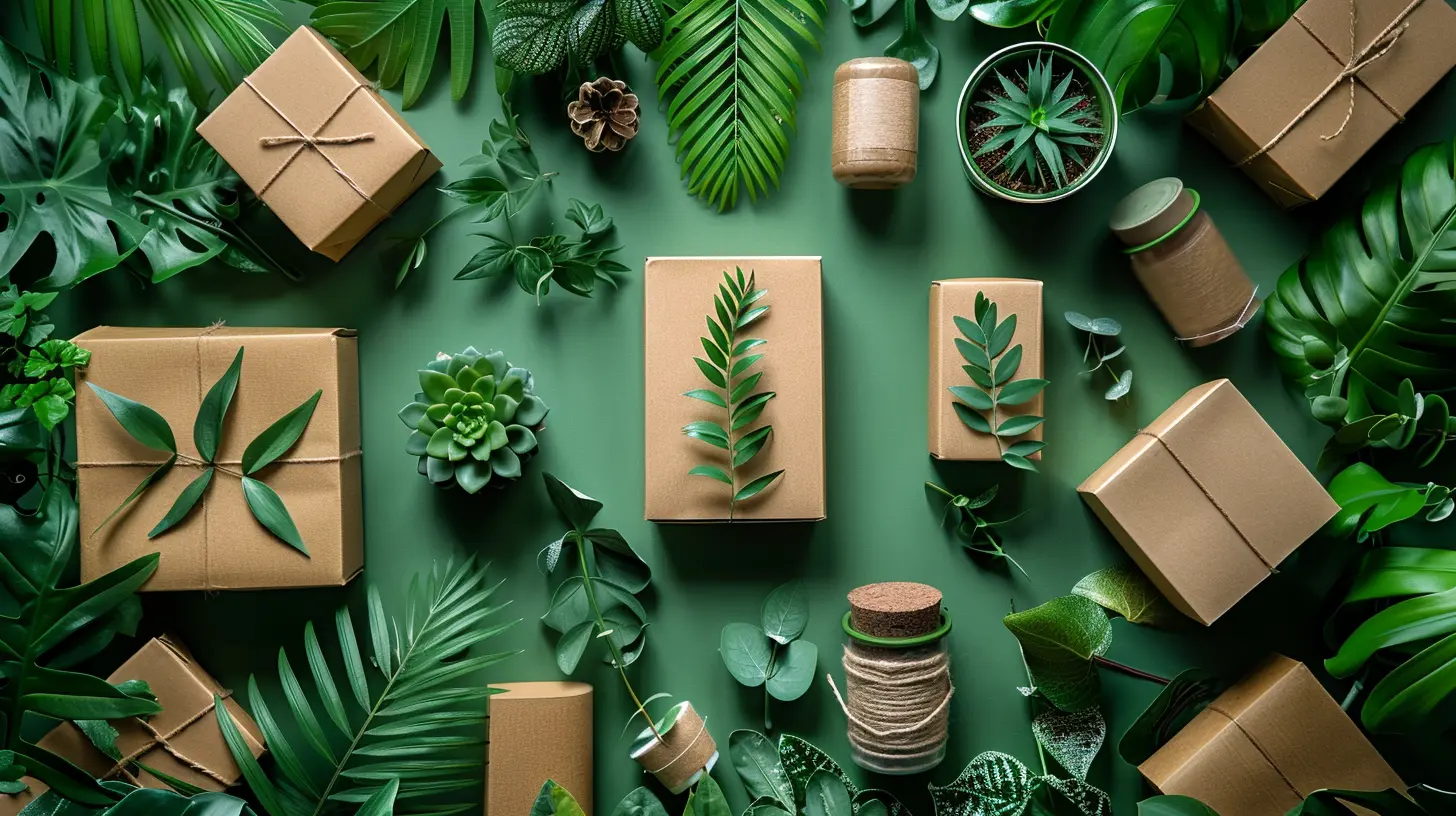
🧐 Why Does Sustainable Packaging Even Matter?
Ever bought something small and it came in a box big enough to house a flatscreen TV? Yeah, we've all been there. Packaging, especially the kind that ends up in landfills, has become a massive environmental issue.A few quick stats to chew on:
- Roughly 91% of plastic doesn't get recycled.
- Packaging accounts for about one-third of all household waste in developed countries.
- Traditional materials can take hundreds of years to decompose.
So, when we talk "sustainable packaging," we're talking about materials and methods that reduce environmental impact. Less waste, lower carbon footprints, and a whole lot less guilt when you unbox that Amazon haul.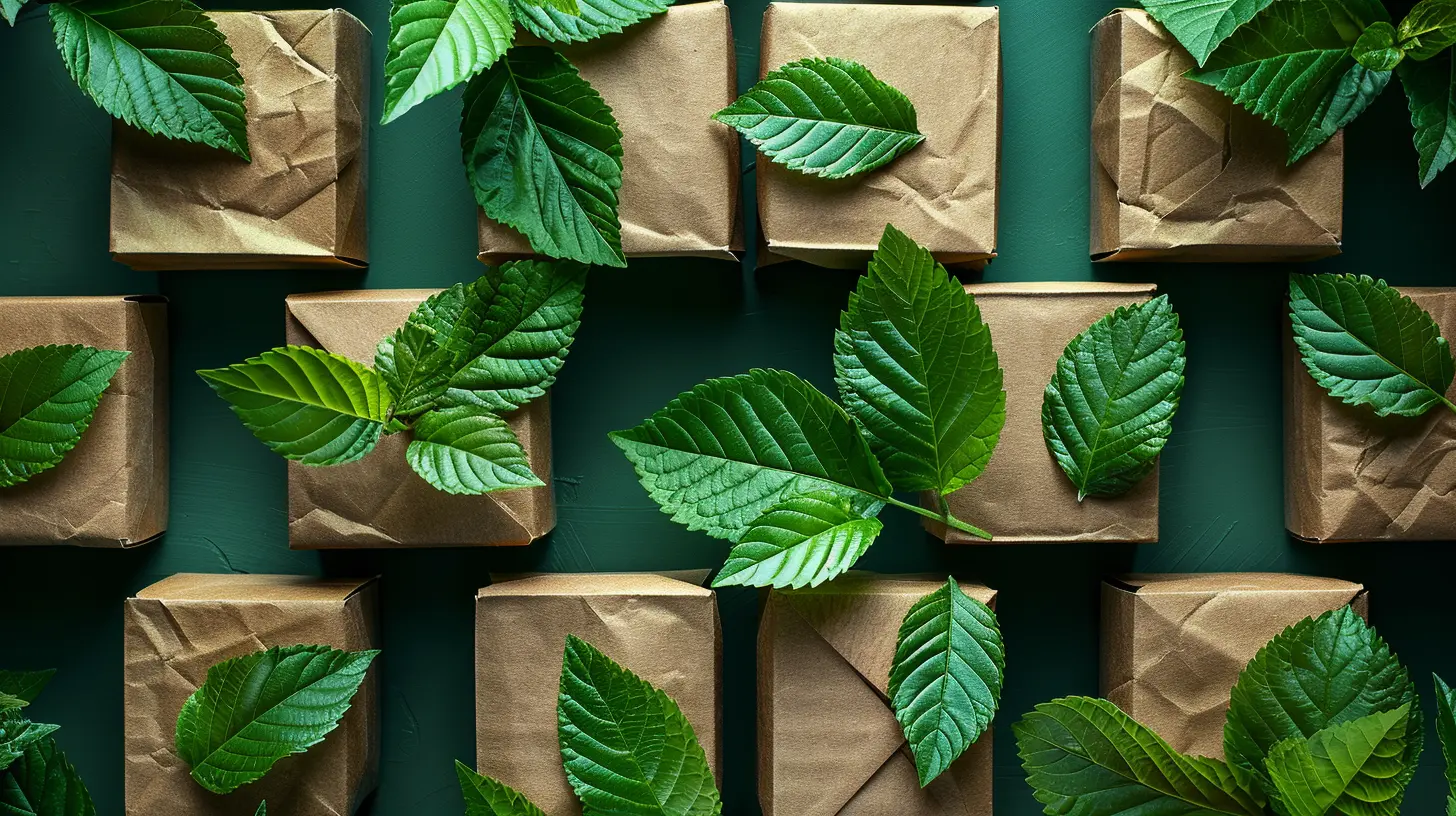
🔄 What Exactly Is Sustainable Packaging?
At its core, sustainable packaging is designed to do more good (or at least less harm). It’s about the entire lifecycle of the package — from production to disposal.Here’s what makes packaging “sustainable”:
- Biodegradable or compostable materials 🌱
- Recyclable or made from recycled content ♻️
- Minimalist design (yep, less is more)
- Renewable resources used in production
- Energy-efficient manufacturing
The goal? Packaging that protects products and the planet.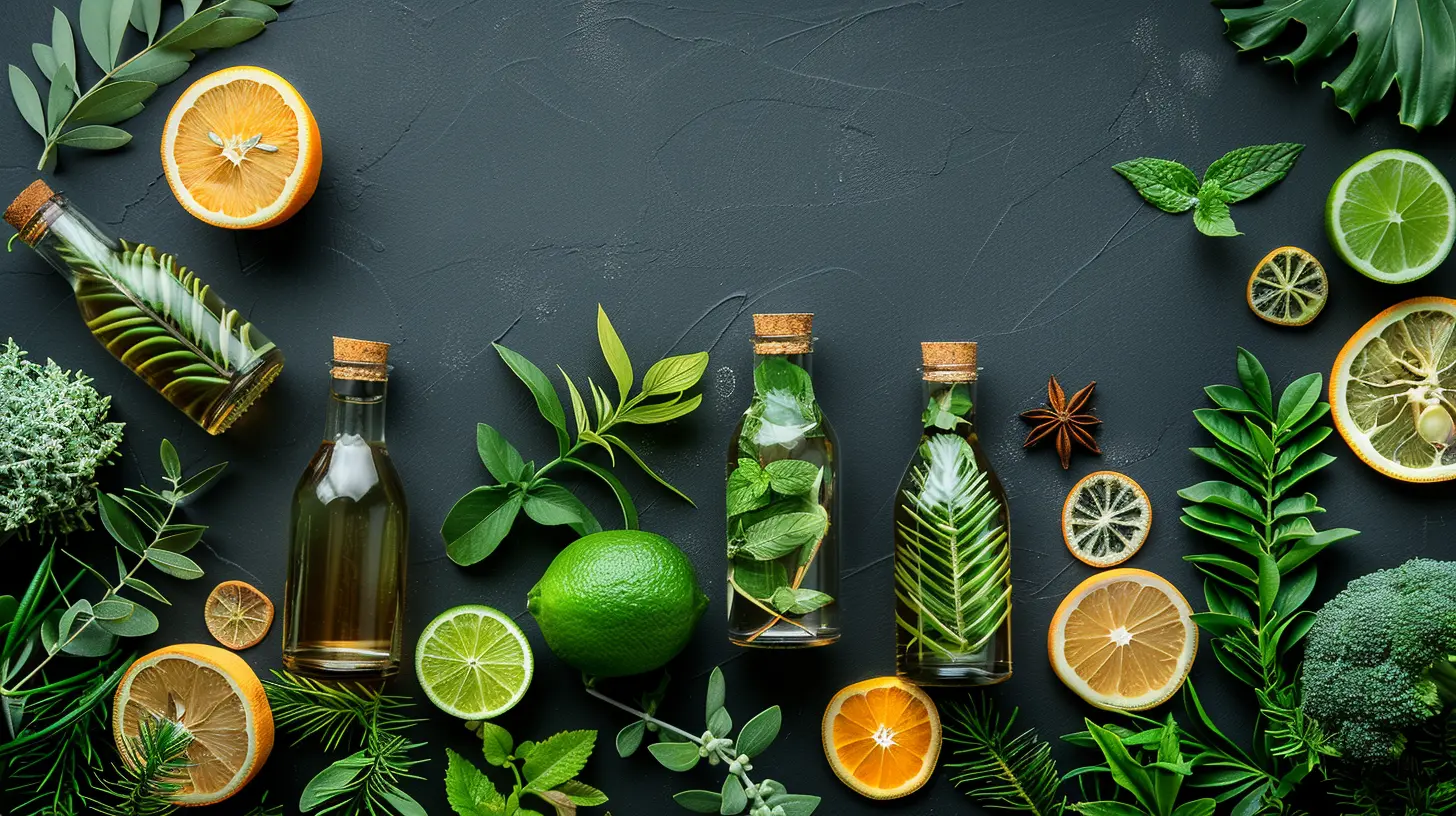
💡 Cool Innovations Leading the Way
Now, this is where it gets exciting. Forget boring brown boxes. These innovations are blowing the lid off traditional packaging — with style, substance, and sustainability!1. 📦 Plant-Based Packaging: Nature’s Got Your Back
This is packaging made from renewable resources like corn starch, sugarcane, or mushrooms.- Cornstarch Packaging: Looks like plastic, acts like plastic, but breaks down like a dream. Perfect for food containers and bubble wrap alternatives.
- Mushroom Packaging: Yep, fungi are in the packaging game. It’s grown in molds and decomposes in your backyard compost bin.
- Sugarcane Bagasse: A byproduct from sugar extraction, this fibrous material is now used for trays and containers — all compostable.
Pretty wild, right? Mother Nature is out here moonlighting as a packaging engineer.
2. ♻️ Recycled & Upcycled Materials: Giving Old Stuff New Life
Instead of starting from scratch, many eco-packaging solutions reuse what's already out there:- Recycled paper and cardboard are still MVPs of eco-packaging.
- Ocean plastic packaging repurposes waste from our waterways.
- Upcycled agricultural waste like wheat straw or coconut husks? They're turning into surprisingly sturdy boxes and wraps.
It’s like thrift shopping for packaging — stylish, smart, and sustainable.
3. 🍬 Edible Packaging: Good Enough to Eat (Literally)
Imagine eating your spoon after finishing a bowl of ice cream. Weird? Maybe. Genius? Definitely.Startups are whipping up edible packaging for snacks, water pods (yes, water you can eat), and even condiments.
Not only does it taste good, but it leaves behind zero trash. That’s a win-win.
4. 🔁 Reusable Packaging Systems: The Circular Revolution
Big brands are jumping on the “reuse” wagon. Instead of single-use, they offer reusable containers for products, often with deposit-return incentives.For example:
- LOOP partners with brands to deliver products in durable containers they collect, clean, and reuse.
- Grocery stores are embracing bulk bins with refillable jars and bottles.
Think of it as the milkman model — only cooler and more climate-friendly.
5. 🧠 Smart Packaging: Tech Meets Eco
Just when you thought packaging couldn’t get any smarter, here come QR codes, sensors, and augmented reality baked right into the box.Smart packaging lets consumers:
- Track shelf life
- Verify sustainability claims
- Learn best disposal methods
Information is power — and in this case, it’s also pretty eco-awesome.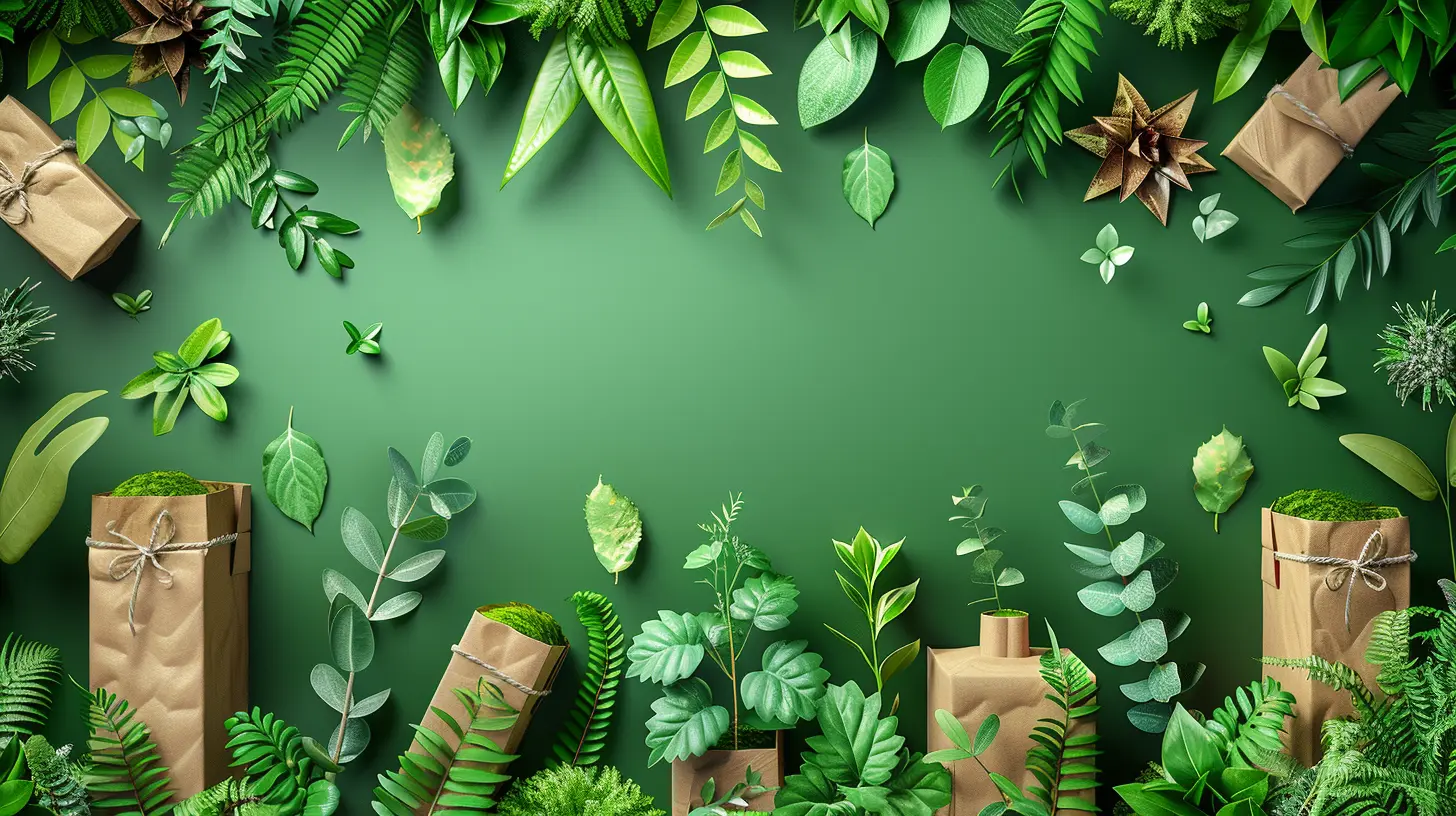
🌎 Big Brands Taking Big Steps
Sustainable packaging isn't just a small business thing. Major players are rolling out big changes, too.- Coca-Cola is testing bottles made from 100% plant-based plastics.
- IKEA swapped polystyrene foam for mushroom packaging.
- Unilever is aiming for all their packaging to be recyclable, reusable, or compostable by 2025.
It’s a strong signal that sustainability sells — and customers care.
💥 The Challenges (Because Progress Isn’t Perfect)
Okay, let’s be real. Sustainable packaging isn’t all sunshine and rainbows. There are some bumps on the road to green glory:- Costs: Eco-materials can be more expensive (for now).
- Availability: Not all regions have composting/recycling infrastructure.
- Consumer behavior: Not everyone’s on board with change (yet).
But here's the kicker — demand is growing. And where there's demand, solutions follow. Innovators are hustling to make sustainable packaging cheaper, stronger, and more widely accessible.
🔮 The Future Looks Bright…and Green
The direction is clear: nobody wants toxic trash wrapping their toothpaste.In the near future, we could see:
- Algae-based packaging that cleans the air as it breaks down
- Self-healing containers that repair minor damage
- Minimalist designs with near-zero waste
It’s like packaging is becoming a superhero — fighting waste, saving turtles, and still keeping your chips fresh.
👍 How You Can Make A Greener Packaging Choice
Even if you’re not a packaging designer, you do have a say. Your choices (yep, you!) can nudge businesses in the right direction.Here’s how:
- Buy from brands that use sustainable packaging
- Avoid excessive packaging — no need for five boxes for one lipstick
- Choose products with refillable or reusable containers
- Recycle and compost packaging correctly (read the labels!)
- Support local businesses that prioritize eco-packaging
Each time you choose sustainable over single-use, you cast a vote for a greener future.
📦 Final Thoughts: Let's Wrap It Up (Pun Intended)
Sustainable packaging isn’t just a trend — it’s a transformation. A full-on revolution in how we think about, design, and dispose of what our products come in.From edible wrappers to mushroom-filled boxes, the packaging world is undergoing a glow-up. And it’s not just “nice to have” anymore — it’s a must if we want to leave a thriving planet behind.
Businesses? You’ve got the tools. Consumers? You’ve got the power. Together, we can kick plastic to the curb (literally) and welcome in a greener, brighter, earth-hugging future.
So next time you unbox something beautiful, take a sec to think: is the package as kind to the Earth as what's inside it?
If not… maybe it’s time to start asking for better.
all images in this post were generated using AI tools
Category:
SustainabilityAuthor:

Lily Pacheco
Discussion
rate this article
1 comments
Zedric Carr
Sustainable packaging is not just innovation; it’s a fundamental shift in our values.
August 12, 2025 at 11:39 AM

Lily Pacheco
Absolutely! Sustainable packaging reflects our commitment to the environment and showcases a collective shift towards responsible consumption and production.
